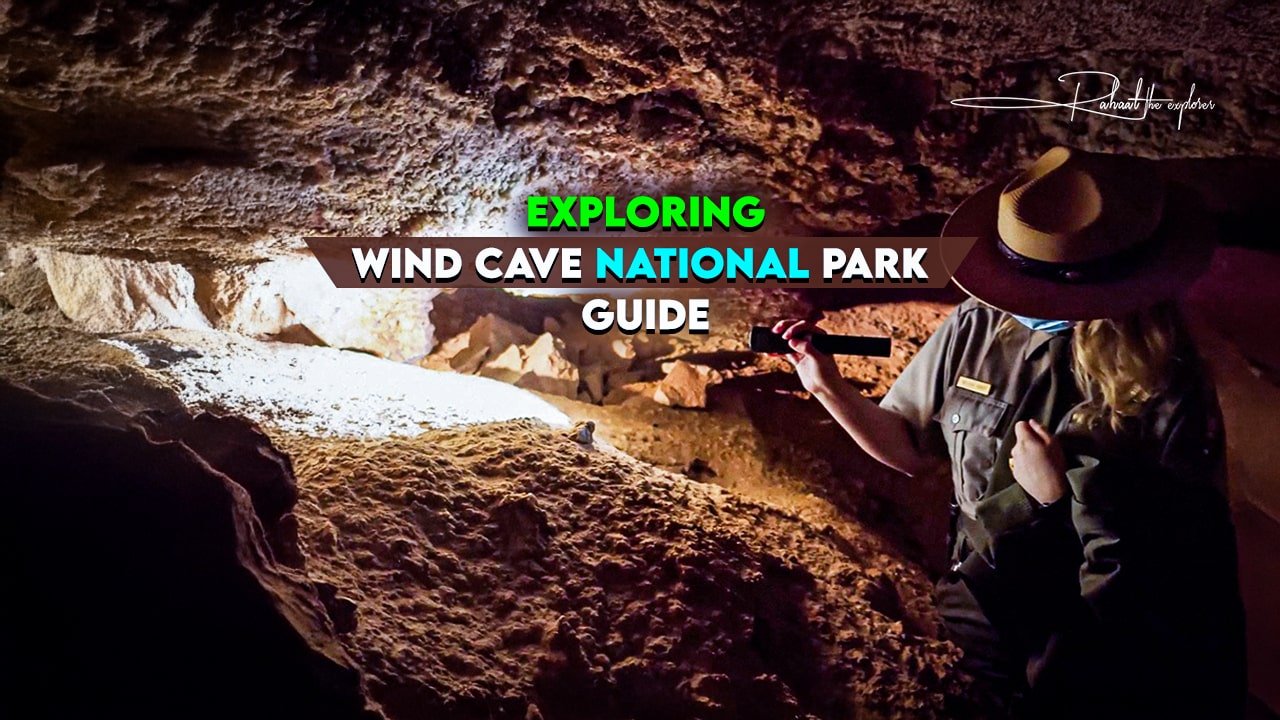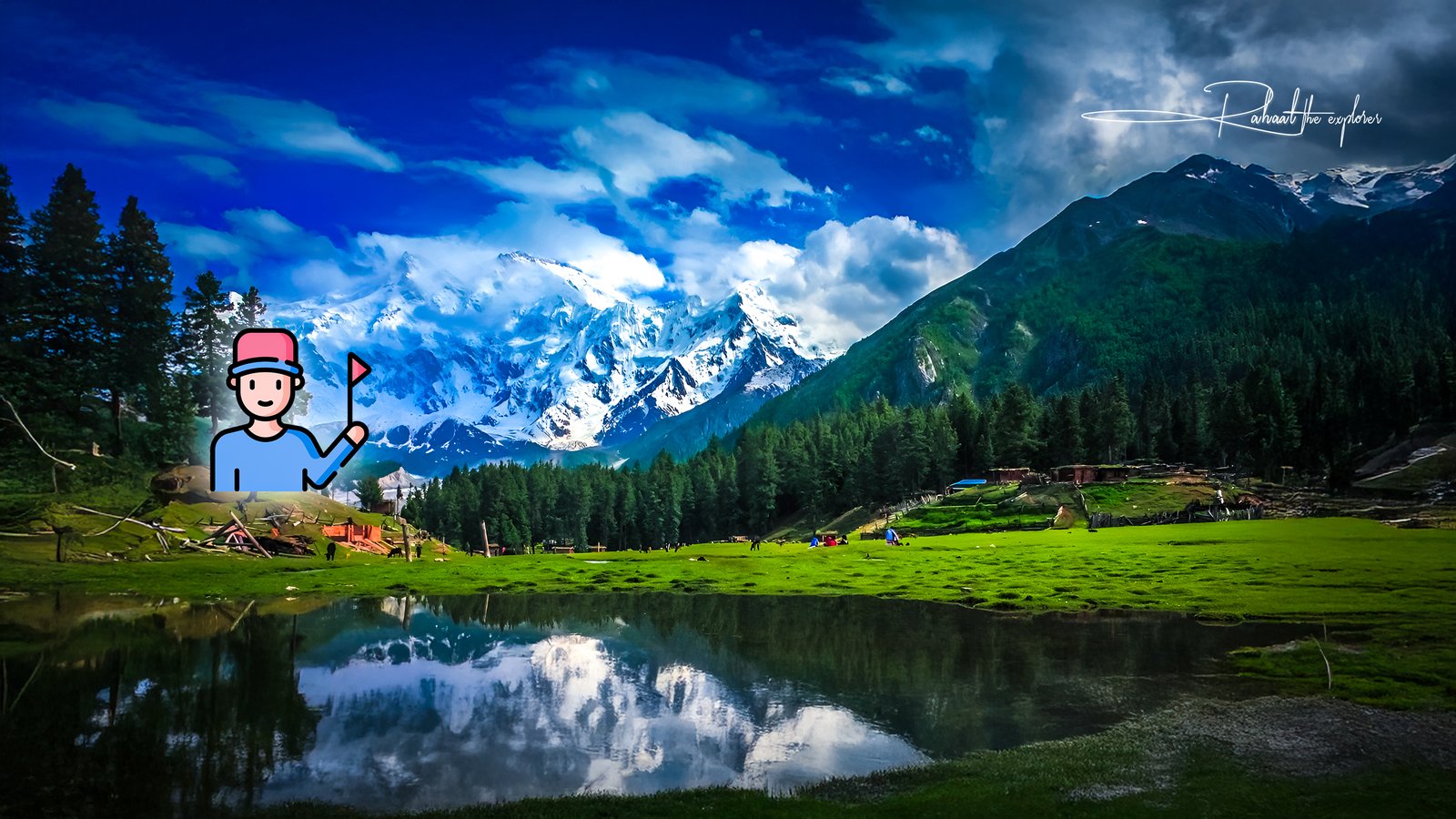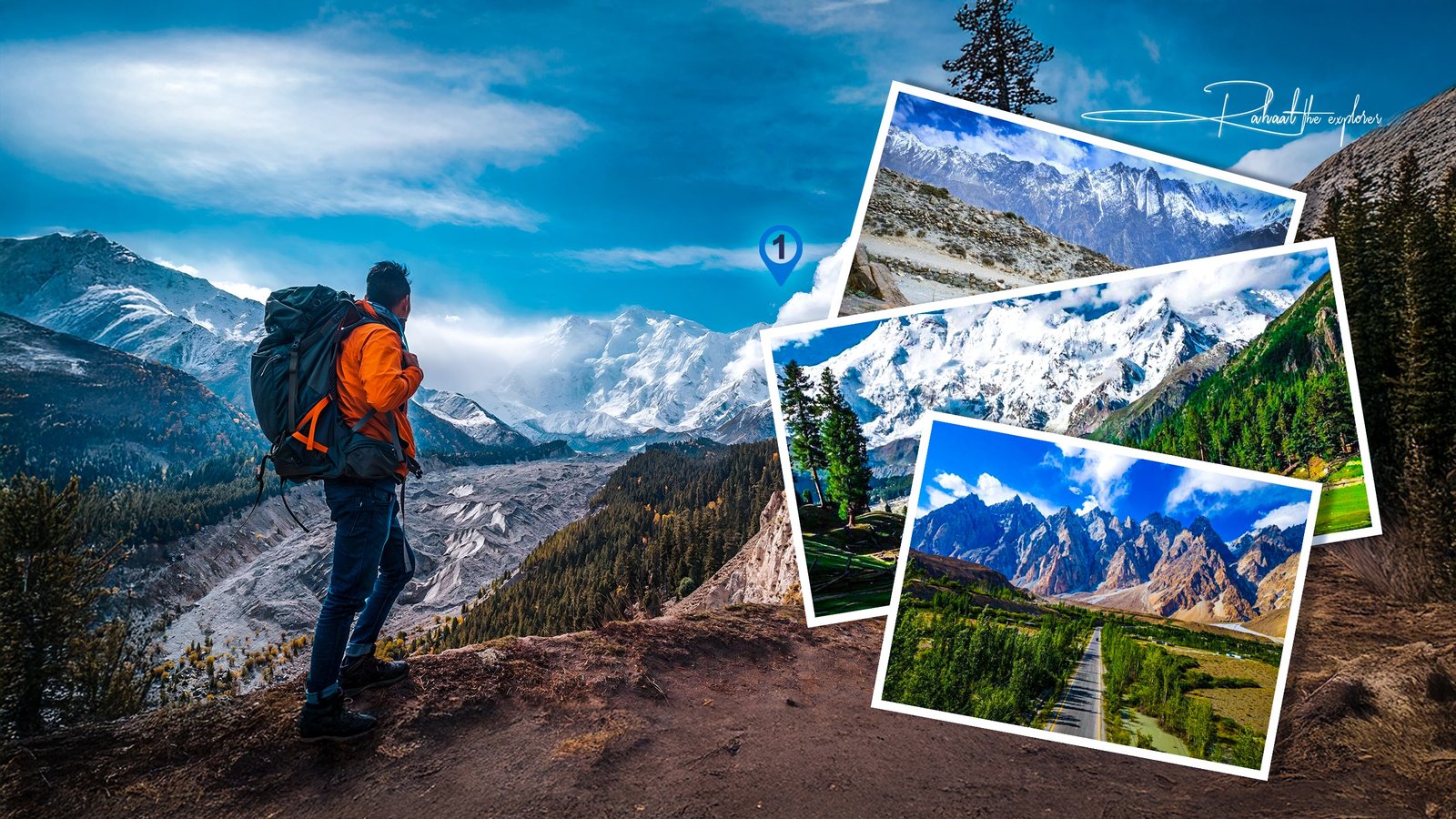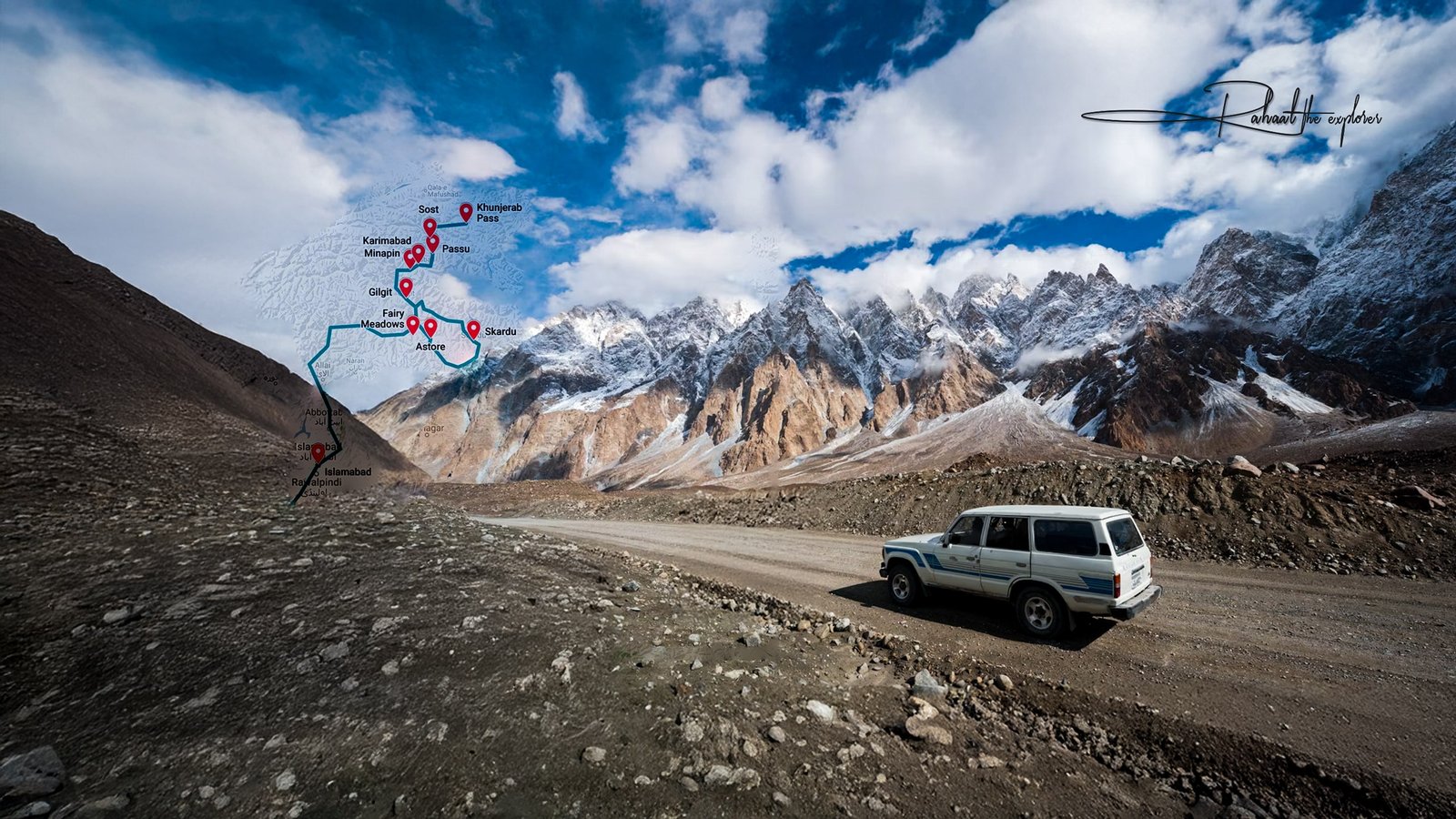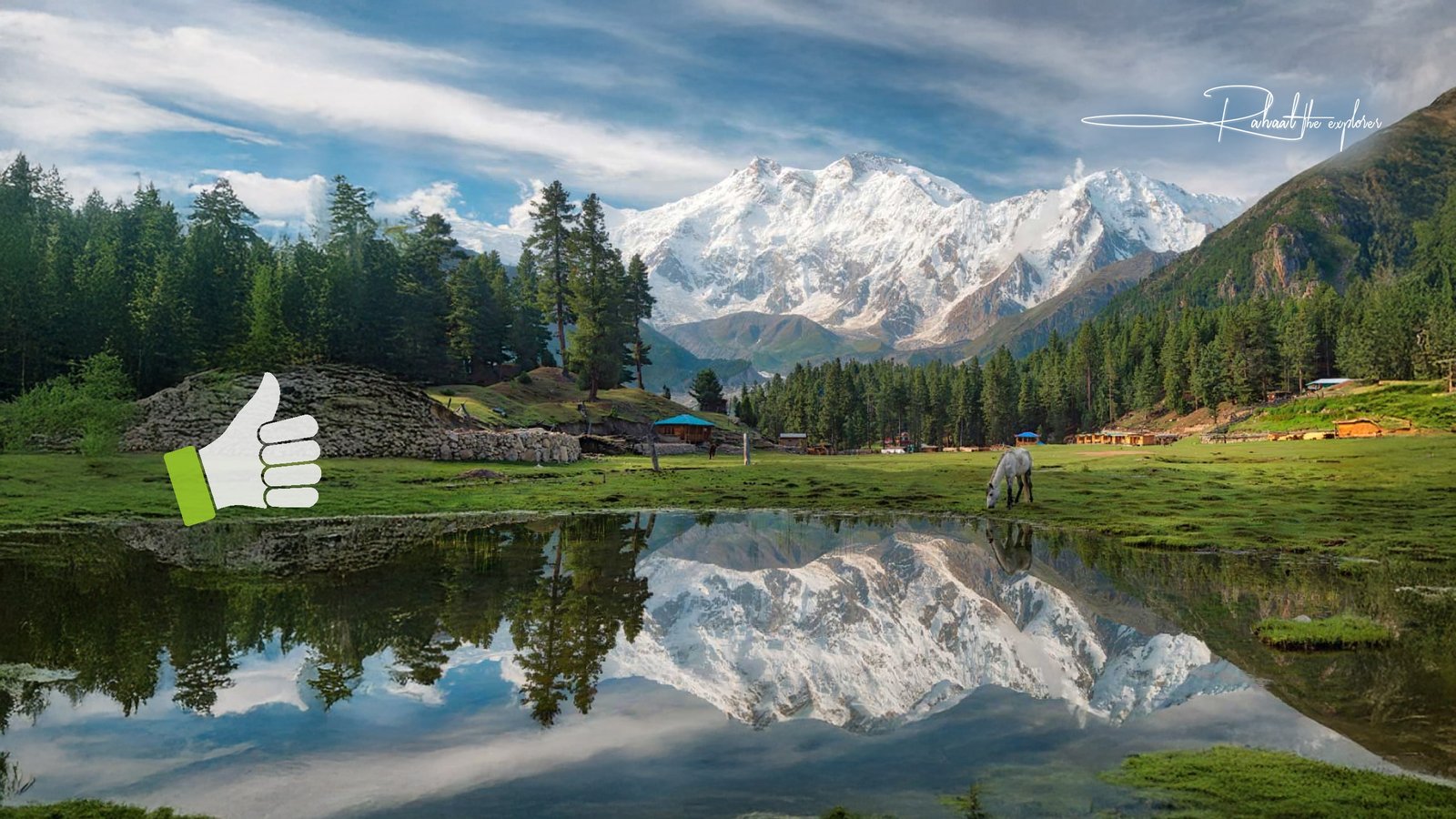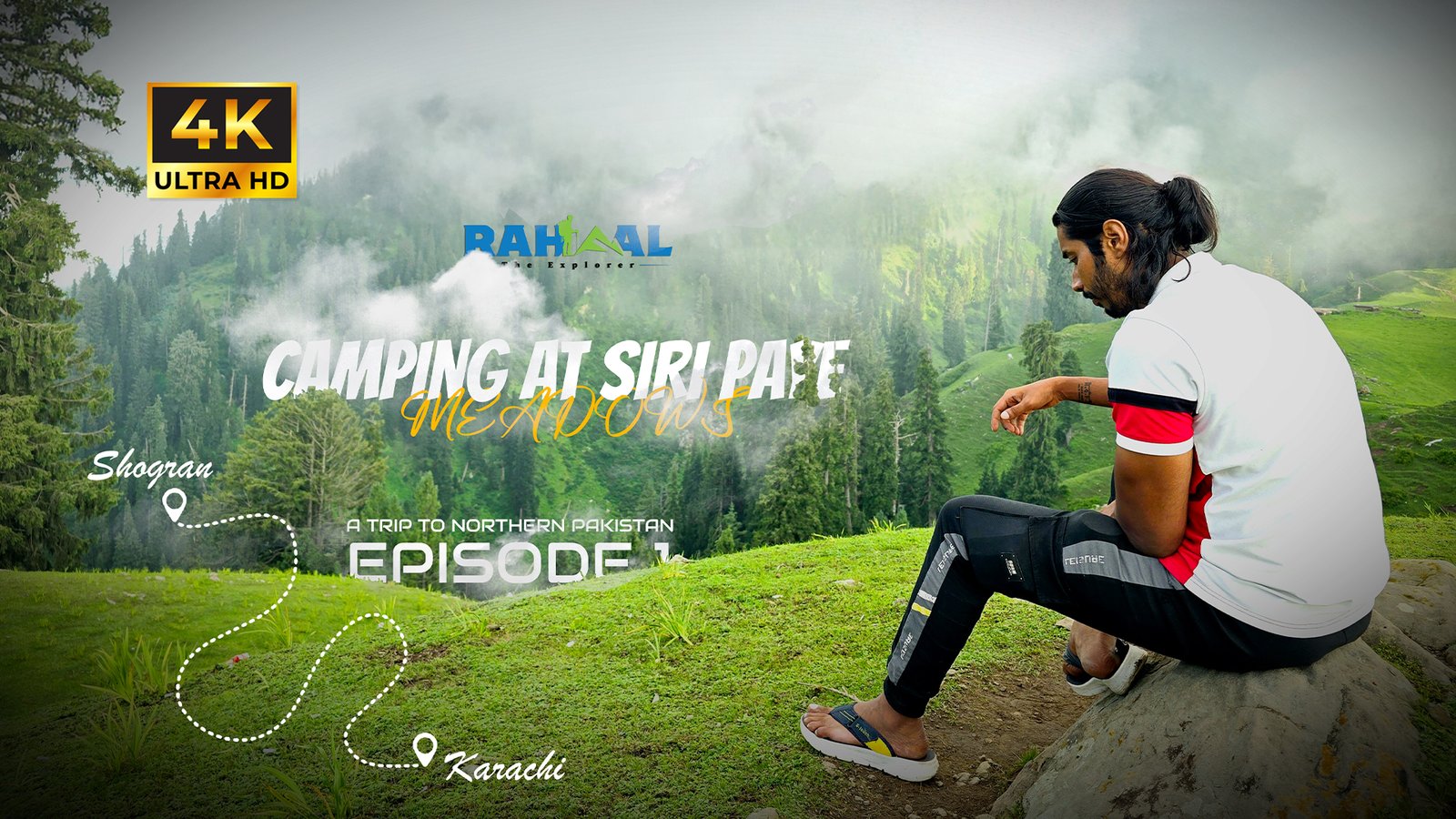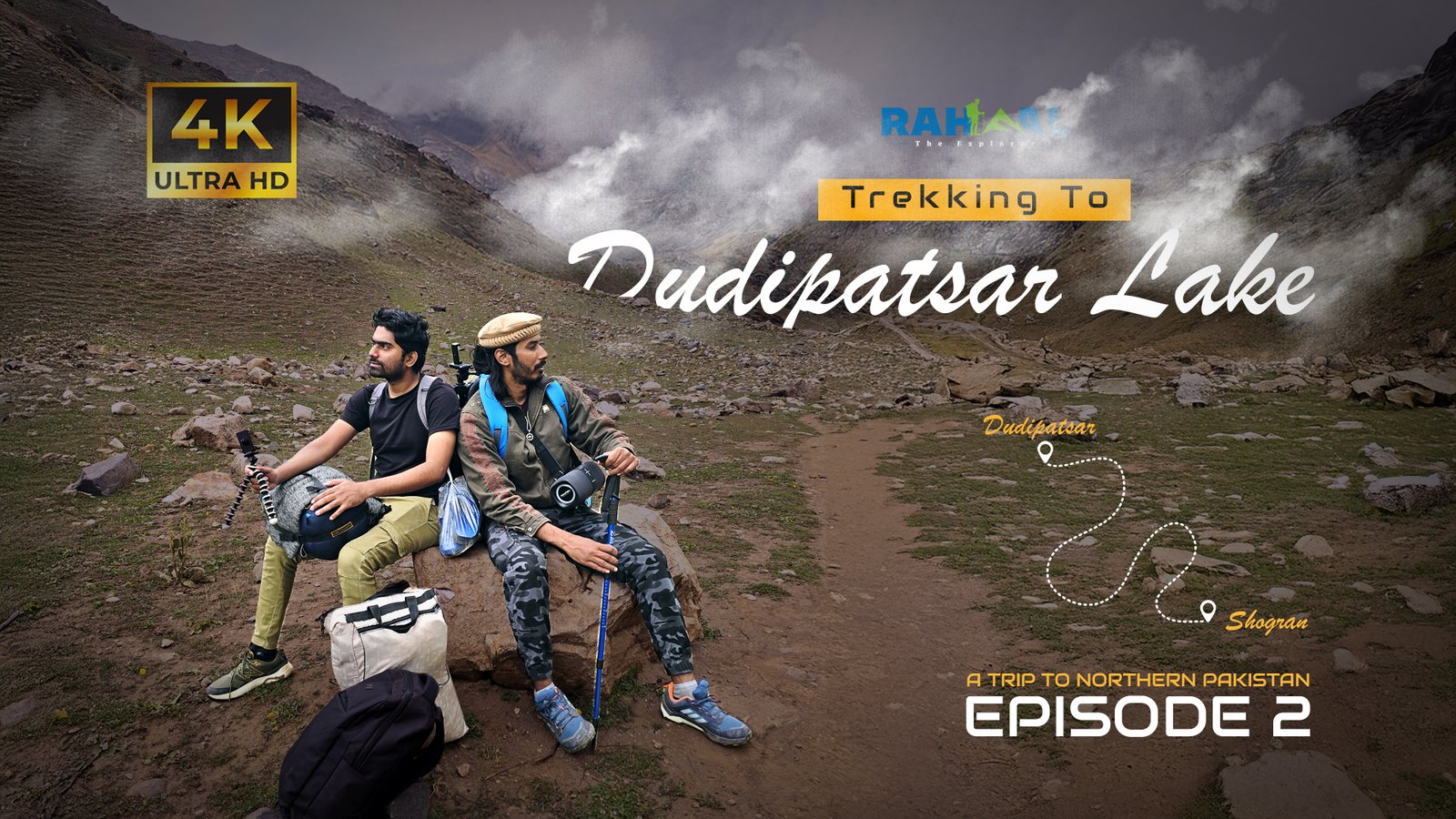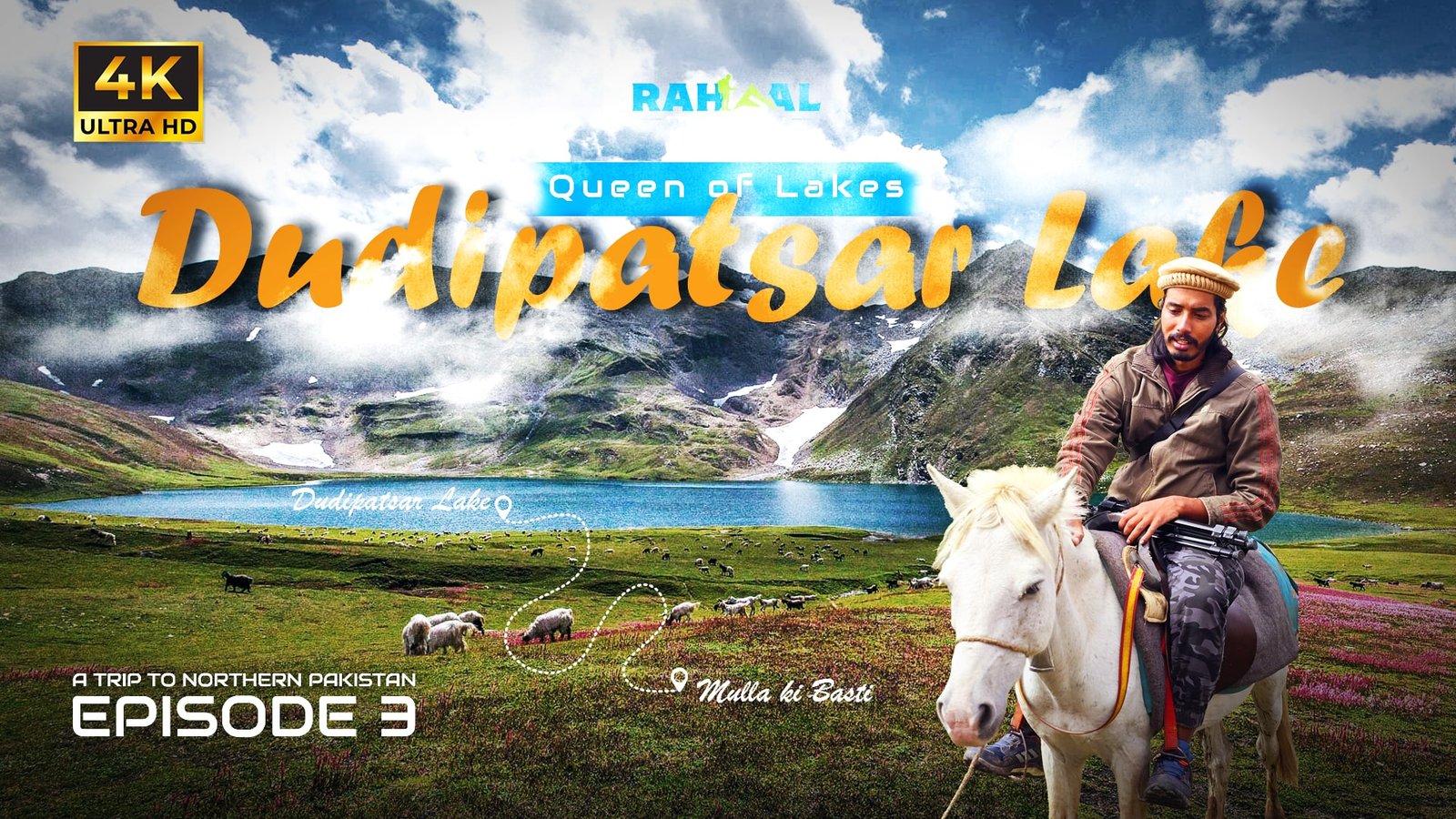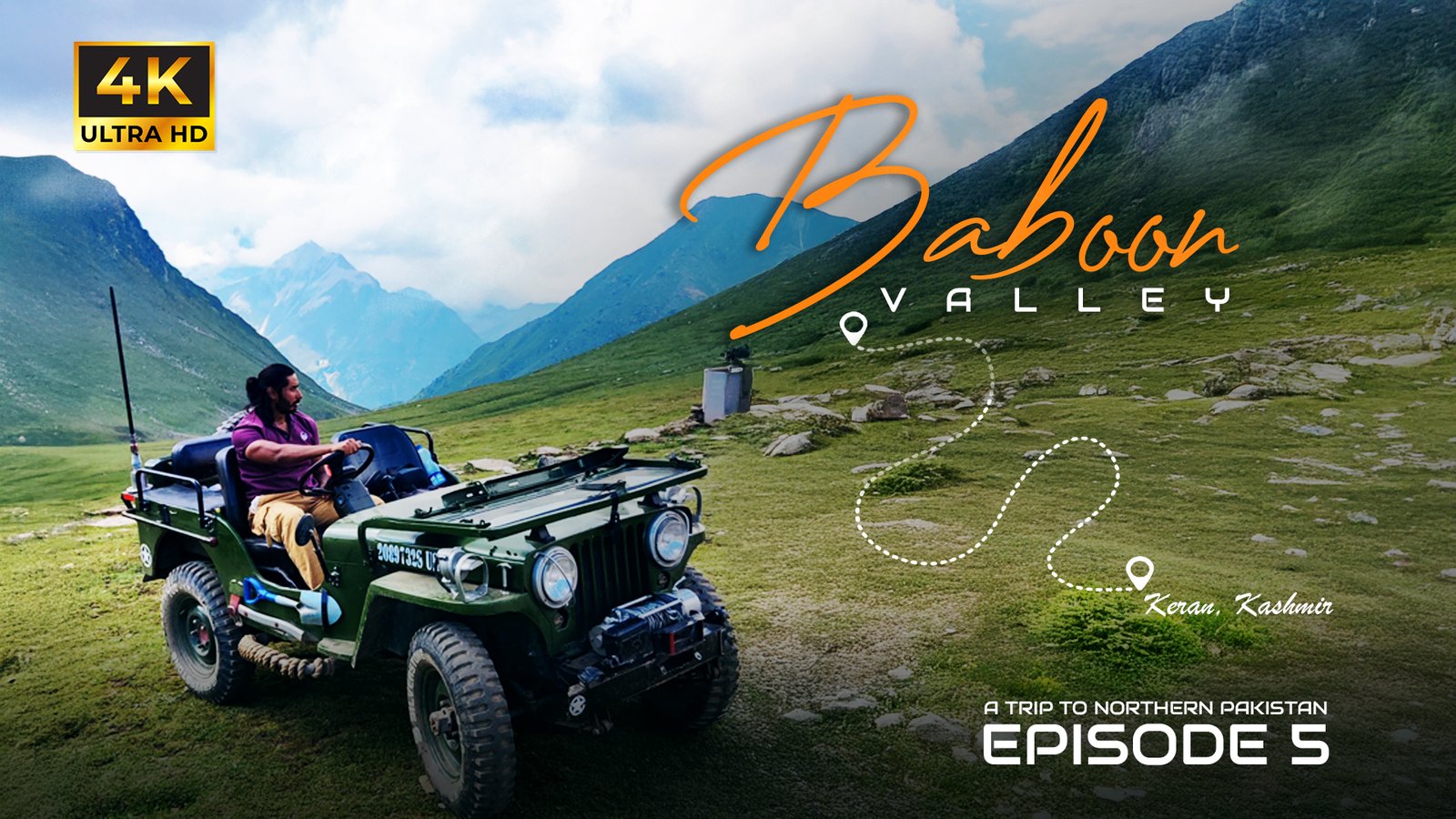When it comes to breathtaking landscapes, remarkable wildlife, and one of the world’s longest and most complex caves, Wind Cave National Park stands out as a destination that blends above-ground beauty with subterranean wonders. Located in the Black Hills of South Dakota, this national park is an adventurer’s dream, offering opportunities for hiking, wildlife spotting, cave tours, and cultural exploration.
This comprehensive guide will take you through everything you need to know about visiting Wind Cave National Park—from its history and unique geology to the best trails, tours, and practical tips to plan your trip.
Introduction to Wind Cave National Park
Wind Cave National Park is one of the oldest national parks in the United States, established in 1903 by President Theodore Roosevelt. It was the first cave to be designated as a national park anywhere in the world. The park covers over 33,000 acres of mixed-grass prairie, ponderosa pine forests, and rugged hills, providing a diverse ecosystem that supports an incredible variety of wildlife.
The highlight, of course, is Wind Cave, a subterranean labyrinth that stretches for more than 150 miles of explored passageways, making it one of the longest caves in the world. What makes it even more special is its rare calcite formations called boxwork, a honeycomb-like structure that’s rarely found elsewhere on Earth.
Above ground, the park is no less spectacular, with rolling prairies, scenic drives, and abundant wildlife including bison, elk, prairie dogs, and pronghorns.
Why Visit Wind Cave National Park?
Wind Cave National Park isn’t just another cave system—it’s a complete destination. Here are some reasons why it should be on your travel bucket list:
- Unique Geology – The park is home to 95% of the world’s known boxwork formations, making it geologically unique.
- Wildlife Viewing – With its open prairies, it’s one of the best places in the Black Hills to spot herds of bison and other animals roaming freely.
- Cultural Significance – The cave has deep spiritual meaning to the Lakota Sioux, who consider it a sacred place tied to their creation story.
- Outdoor Adventure – More than 30 miles of hiking trails traverse prairies, forests, and hills, providing opportunities for all skill levels.
- Less Crowded – Compared to other U.S. National Parks, Wind Cave tends to be less crowded, offering a more peaceful experience.
History of Wind Cave National Park
Long before explorers mapped its passages, the Lakota people considered Wind Cave a sacred site. According to their traditions, it was from this cave that their ancestors first emerged onto the earth.
In the late 19th century, settlers “discovered” the cave entrance, named for the constant wind that seems to blow in and out depending on atmospheric pressure. Prospectors and entrepreneurs began exploring and commercializing it, but eventually, the U.S. government stepped in to protect its unique formations.
In 1903, Wind Cave was officially established as the seventh National Park in the United States and the first dedicated to a cave. Since then, explorers and scientists have continued to map its vast network, which still remains incompletely explored today.
Things to Do in Wind Cave National Park
Wind Cave National Park offers a mix of below-ground exploration and above-ground adventures. Here are the top activities to enjoy during your visit:
1. Cave Tours
Cave exploration is the highlight of any trip to Wind Cave National Park. The National Park Service offers guided tours ranging from easy walks to strenuous crawls.
Garden of Eden Tour – Perfect for beginners, this short tour introduces you to the cave’s unique boxwork formations.
Natural Entrance Tour – A longer tour that covers larger chambers and the historic cave entrance.
Candlelight Tour – For a historic feel, this tour lets you experience the cave as early explorers did, with candle lanterns.
Wild Cave Tour – Designed for the adventurous, this strenuous tour requires crawling through tight spaces and climbing.
⚠️ Note: Tours are seasonal and can sell out quickly, so booking in advance is recommended.
2. Hiking Trails
Above ground, the park boasts more than 30 miles of hiking trails.
Rankin Ridge Nature Trail – A short, scenic hike that offers panoramic views of the Black Hills.
Wind Cave Canyon Trail – Follows an old roadbed through a canyon rich in birdlife and wildflowers.
Highland Creek Trail – A longer backcountry hike that takes you through rolling prairies and forested areas.
Lookout Point Trail – Great for spotting bison and prairie dogs.
3. Wildlife Viewing
One of the park’s most unforgettable experiences is seeing wildlife roam freely across the prairie.
Bison Herds – The park is home to one of the few genetically pure bison herds in North America.
Prairie Dogs – Entire colonies can be seen chattering and darting in and out of their burrows.
Elk, Pronghorns, Coyotes, and Black-footed Ferrets – Wildlife enthusiasts will find plenty to observe and photograph.
4. Scenic Drives
Highway 385 & Highway 87 Loop – A scenic route that connects Wind Cave to nearby Custer State Park, offering stunning views of rolling hills and wildlife.
Rankin Ridge Drive – Provides access to the park’s highest point and panoramic overlooks.
5. Ranger Programs
During the summer, the park hosts ranger-led talks, evening programs, and guided walks. These provide deeper insights into the park’s geology, wildlife, and history.
Best Time to Visit Wind Cave National Park
The park is open year-round, but the experience changes with the seasons:
- Spring (April–June) – Wildflowers bloom, wildlife is active, and the weather is mild.
- Summer (July–August) – The busiest season, perfect for cave tours and hiking, though afternoon thunderstorms are common.
- Fall (September–October) – Fewer crowds, cooler temperatures, and stunning fall colors.
- Winter (November–March) – The prairie is quiet, wildlife like bison and elk are easier to spot against the snow, and cave tours are still available though on a limited schedule.
Planning Your Visit
Here are some practical tips to help you plan a smooth trip to Wind Cave National Park:
Getting There
The park is located in southwestern South Dakota, near the town of Hot Springs. It is about:
10 miles north of Hot Springs
60 miles south of Rapid City (closest major airport)
20 miles from Custer State Park
Park Fees
Unlike many national parks, Wind Cave does not charge an entrance fee for outdoor areas. However, cave tours require a ticket (prices vary by tour).
Where to Stay
In the Park – Elk Mountain Campground offers a rustic camping experience.
Nearby – Hot Springs, Custer, and Rapid City have hotels, lodges, and vacation rentals.
What to Pack
Comfortable hiking shoes
Layers for changing weather
Flashlight and water (especially for longer hikes)
Camera for wildlife photography
Reservations for cave tours
Nearby Attractions
If you’re visiting Wind Cave National Park, you’ll find plenty of nearby attractions worth exploring:
- Custer State Park – Famous for its scenic drives and wildlife loop.
- Mount Rushmore National Memorial – Iconic American landmark just over an hour away.
- Badlands National Park – Dramatic landscapes located east of Rapid City.
- Jewel Cave National Monument – Another vast cave system close by, offering a great comparison to Wind Cave.
Conservation and Preservation Efforts
Wind Cave National Park is not only about tourism; it’s a hub for conservation and wildlife restoration. Efforts include:
Preserving one of the last remaining mixed-grass prairies in North America.
Maintaining a genetically pure herd of American bison.
Protecting prairie dogs and endangered species like the black-footed ferret.
Ongoing cave exploration and research to better understand its geology.
FAQs About Wind Cave National Park
Q1: How long does a Wind Cave tour take?
Most cave tours range from 1 to 2 hours, depending on the route.
Q2: Can you visit Wind Cave without going inside the cave?
Yes! The park’s hiking trails, scenic drives, and wildlife viewing make it worth visiting even if you skip the cave.
Q3: Is Wind Cave National Park family-friendly?
Absolutely. There are tours designed for all ages and plenty of outdoor activities for kids and families.
Q4: What makes Wind Cave unique compared to other caves?
Its rare boxwork formations, extensive passageways, and cultural significance make it one of a kind.
Q5: Do I need reservations for cave tours?
Reservations are highly recommended, especially in summer, as tours often sell out.
Q6: Is Wind Cave wheelchair accessible?
Yes, the Garden of Eden Tour is accessible to visitors with mobility challenges.
Final Thoughts
Wind Cave National Park offers an unforgettable blend of natural beauty, history, and adventure. Whether you’re drawn underground to marvel at rare formations or prefer to roam the wide-open prairies with bison herds, the park has something for everyone. With fewer crowds than many other national parks, it provides a peaceful yet awe-inspiring experience in the Black Hills of South Dakota.
If you’re planning a trip to South Dakota, don’t miss the chance to explore this remarkable park—it’s truly one of America’s hidden gems.


